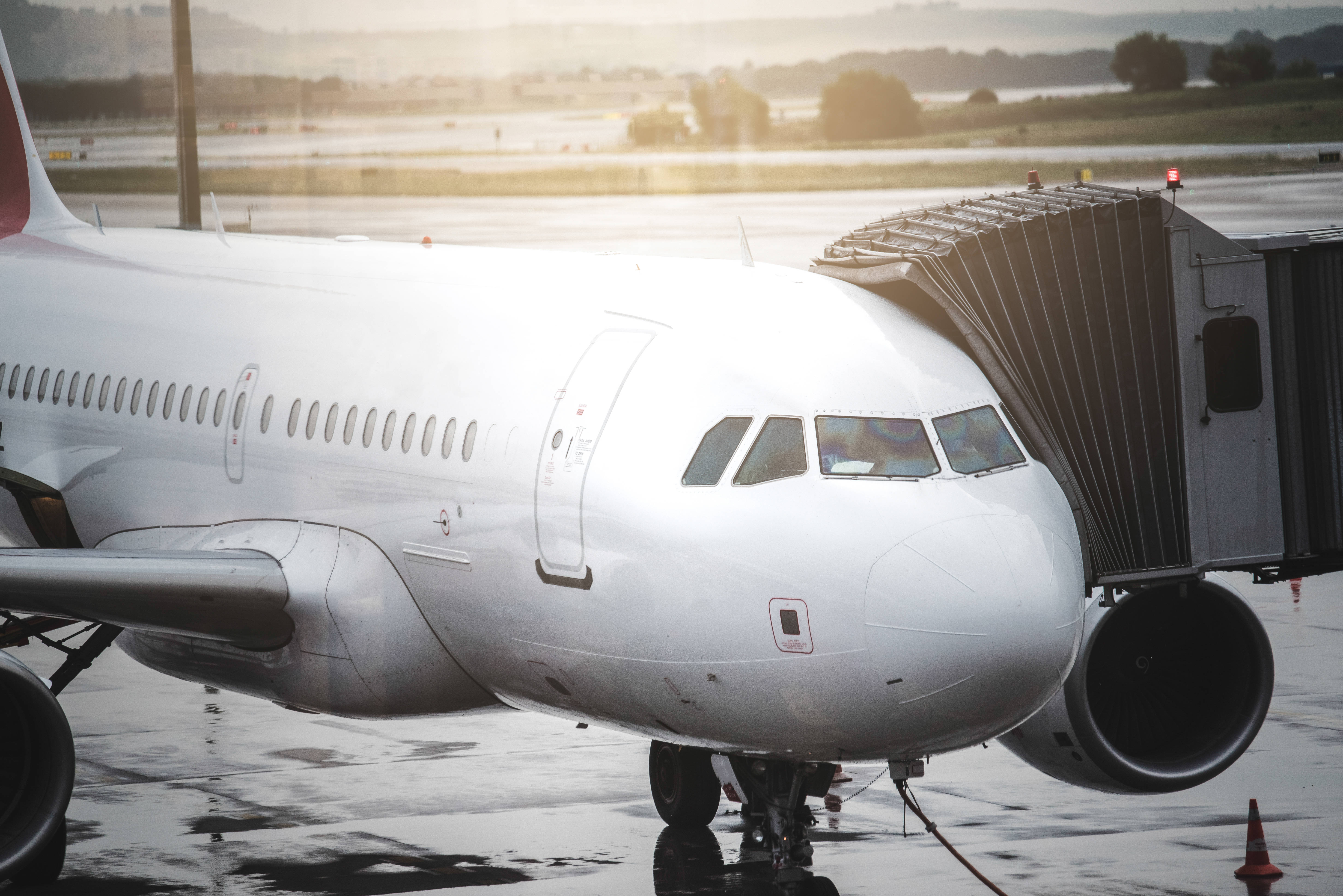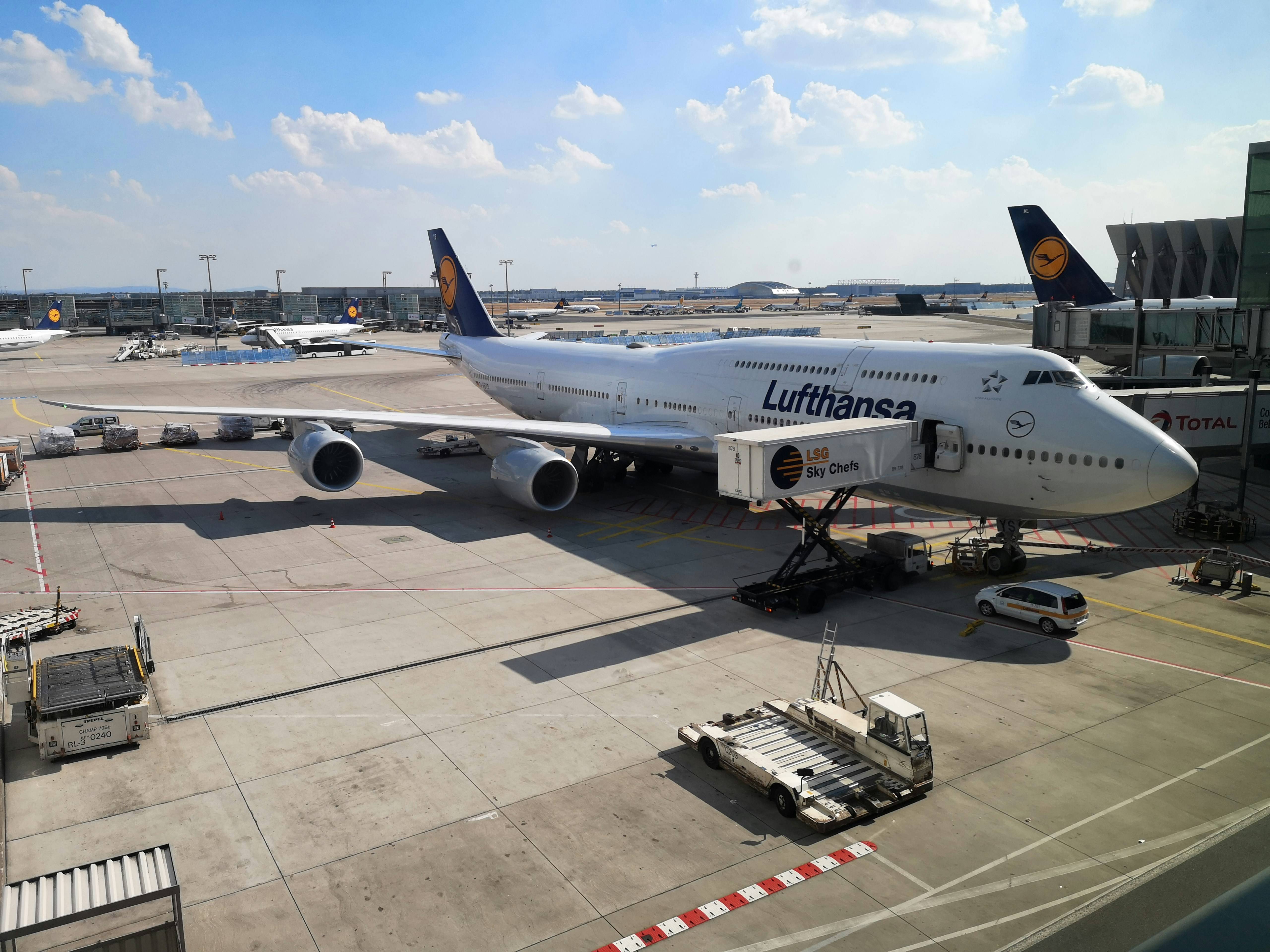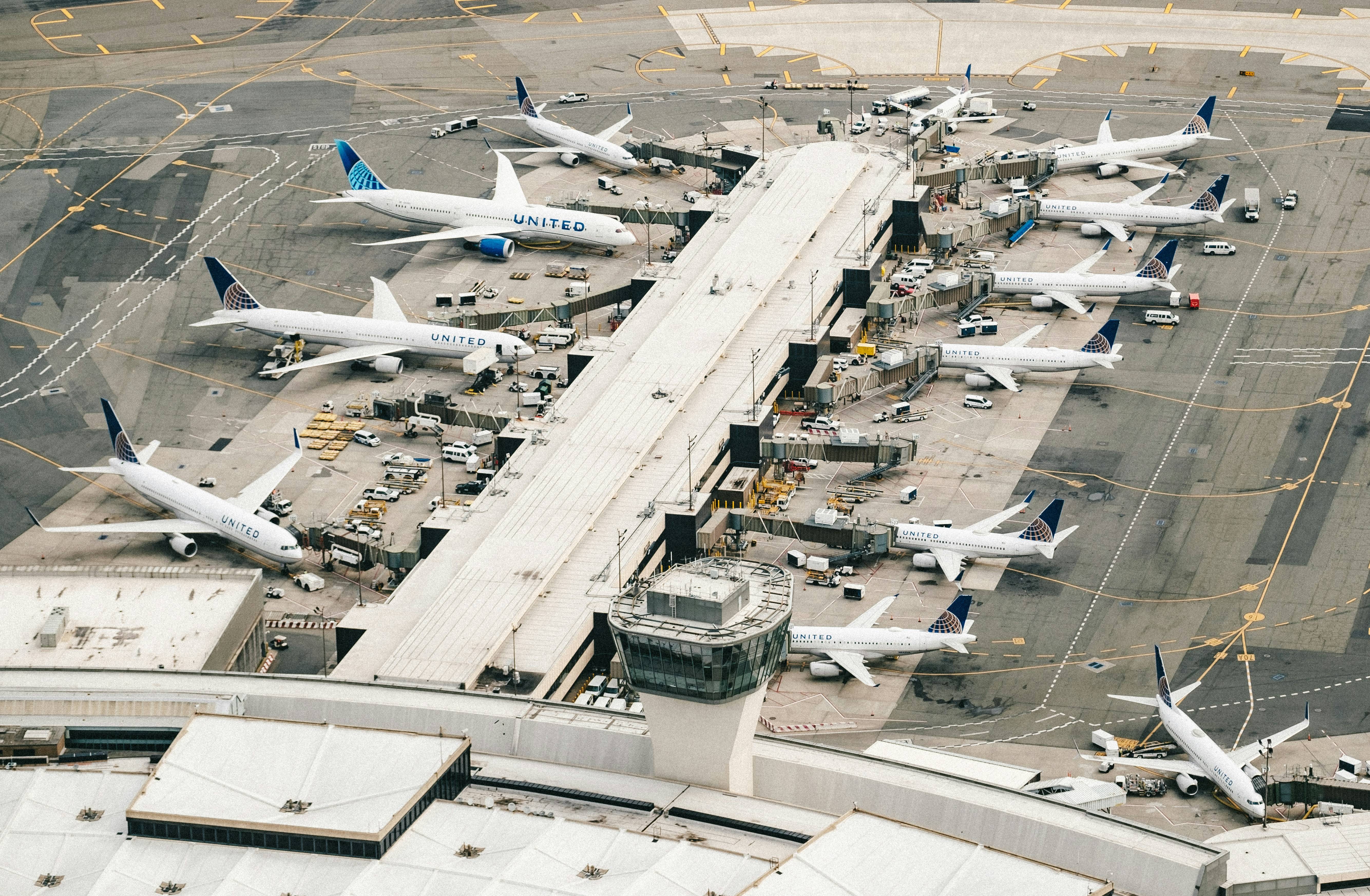Commercial Flights: Unveiling the Wonders of Air Travel
I’ve always found something magical about boarding a commercial flight—there’s just something about how these modern marvels of engineering can connect us to the farthest corners of the world. Whether it's a short domestic hop or a long-haul journey to another continent, commercial flights have made it possible to experience the world in ways our ancestors could only dream of. In this article, I’ll take you along with me to explore the wonders of air travel, sharing what I've learned along the way from countless flights.
What Constitutes a Commercial Flight?
One of the first things I realized when I began flying more often is that not all flights are created equal. Commercial flights, which are essentially scheduled air services for paying passengers, follow set routes and timetables. The beauty of this structure is how predictable and accessible it is—you can book a flight to almost any major city in the world with just a few clicks. What I’ve come to appreciate about commercial flights is how regulated and standardized they are. Knowing that there are strict safety standards, set by aviation authorities, always gives me peace of mind when I’m up in the sky.
Read here about the history of commercial flights
Differences Between Commercial and Non-Commercial Flights
If you've ever had the chance to fly privately ( did, only once), my bet is you couldn’t help but notice how different it was from a regular commercial flight. On a commercial flight, it’s all about efficiency—getting as many people as possible from point A to point B safely and on time. In contrast, non-commercial flights, whether they’re private jets or chartered for specific purposes like business or humanitarian missions, are all about personalization. That said, for most of us, flying commercially is far more affordable and practical. DIve deeper into the differnces between commercial and private flights here.
Charter or Scheduled Services: Understanding Flight Operations
Many years ago, I flew a combination of charter and scheduled flights (nowadays more commercially). Scheduled flights are by far the most common—these are the ones you book online and follow a set timetable. You gotta love the convenience of knowing exactly when and where a flight is taking off. On the other hand, charter flights, which seem to becoming rarer each year, offer a much more customized experience. If you ever have the chance to take a upscale charter, it feels like you’re a VIP because everything revolves around your schedule!
The Roles of Crew Members Aboard Commercial Flights
Pilots
The pilots, including the captain and first officer, are responsible for flying the aircraft safely and efficiently. Pilots undergo rigorous training and are subject to extensive regulations designed to safeguard passenger well-being. They make split-second decisions to ensure smooth flights, from takeoff to landing. Their primary duty is to manage the flight controls, navigate the aircraft, and communicate with air traffic control.
Cabin Crew
The cabin crew members, commonly known as flight attendants, ensure passengers' comfort and safety during the flight. They are trained not only in customer service but also in handling emergencies such as medical situations or evacuations. From the moment passengers board until they disembark, the cabin crew provides hospitality, guidance, and reassurance.
The Dynamics of a Commercial Flight
One of the things that always amazes me is just how many moving parts are behind a successful flight. From the flight planning and ground operations to baggage handling and catering, there’s an entire world of logistics happening seamlessly behind the scenes. I once had the chance to tour an airport’s ground operations and it gave me a whole new perspective on how much effort goes into making sure my flight takes off and lands without a hitch.
In-Flight Services and Amenities
One of the joys of flying (for me) has always been the in-flight services and amenities. I remember the first time I had access to in-flight Wi-Fi on a long-haul flight—I was able to catch up on emails, stream some shows, and even get some work done. More recently, I’ve noticed that airlines are really stepping up their game, especially in premium cabins. Lie-flat seats, gourmet meals, and personal entertainment systems are becoming standard on long-haul flights. Even in economy, I’ve appreciated the little touches like complimentary snacks and drinks on many routes.
Safety Measures Airlines Adhere To
Safety is a topic that’s always top of mind when flying. I’ve always found comfort in the fact that commercial airlines adhere to incredibly strict safety standards. From the regular maintenance checks on aircraft to the extensive training programs that pilots and cabin crew undergo, every detail is meticulously planned to ensure passenger safety. I remember one flight where a mechanical issue delayed us for hours, and while it was frustrating at the time, I knew it was better to be safe than sorry.
The Impact of Technology on Commercial Flights
Technology has transformed air travel in more ways than I can count. I’ve noticed that newer aircraft are not only more fuel-efficient, but they’re also quieter, which makes long flights much more pleasant. Plus, the advancements in air traffic management have made flights more efficient. From my perspective, the convenience of modern digital tools like online booking and real-time flight tracking has been a game changer. I can’t imagine flying without these tools anymore.
Traveling soon? Remember to always be aware of your flight's status by using our flight tracker.
Conclusion
Commercial flights have transformed how we travel, allowing us to reach far-off destinations with ease. The evolution of air travel—from the development of large-scale airlines to advanced aircraft—continues to shape our world, making air travel more accessible, efficient, and enjoyable. The next time you board a flight, take a moment to appreciate the intricate systems and dedicated professionals that make your journey possible. Safe travels!
FAQ: Commercial Flights
Find more help here for your journey through the airport




